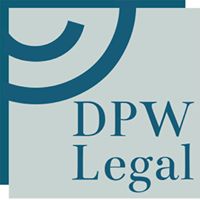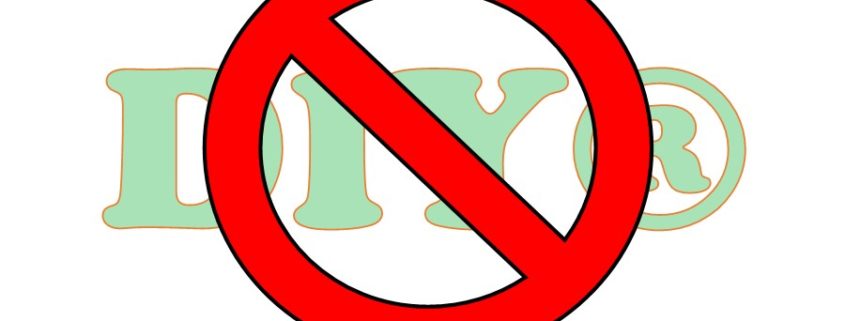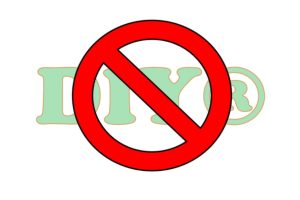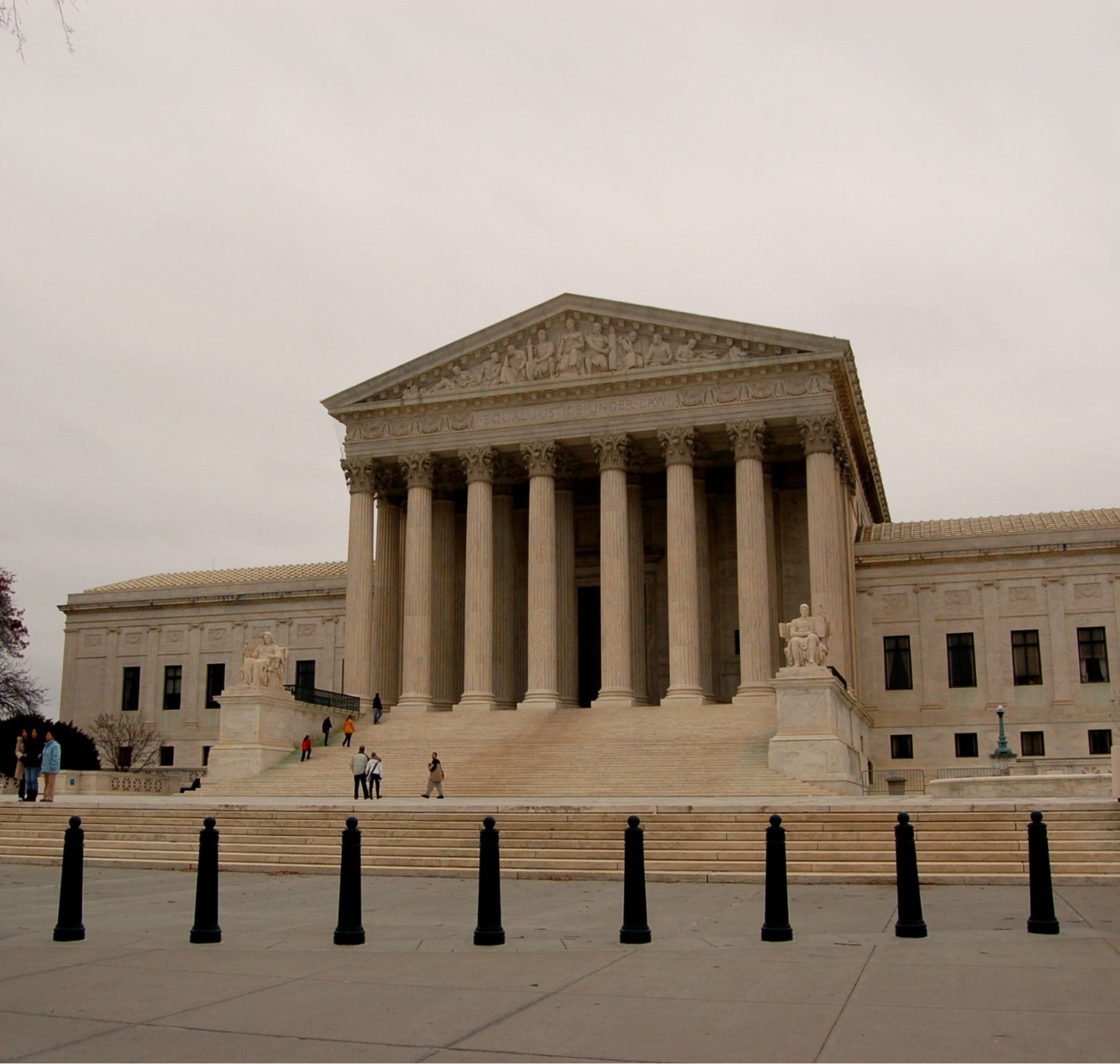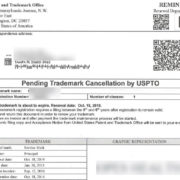Use a Trademark Lawyer Rather than LegalZoom or Trademarkia for Your Trademark Registration
It’s important to use a trademark lawyer rather than a DIY service like Trademarkia or Legal Zoom for your trademark registration. Here’s why.
Today I had a successful small business ask me why they shouldn’t just use a do it yourself web service like LegalZoom or Trademarkia to apply for a trademark registration with the USPTO, or even just do the application themselves. The short answer is that a trademark registration application is a deceptively simple government form. There are a lot of pitfalls that DIY services do not navigate you through, and that are difficult to identify without a deep understanding of trademark law. Those services also do not really provide legal advice, and often don’t ask the right questions to get you to a correct application that is likely to mature into a registration. And because the sworn statements in a trademark registration application can be held against you in later litigation, it is critical to ensure that the application is done right, and that you have someone properly guide you through the process. Here’s the top five reasons you should invest in a qualified trademark lawyer to apply for your trademark registration, rather than do it yourself, alone or through a “cheap” online service.
1. It’s Not a Value if the Registration Is Rejected
In a recent academic study, investigators reported that 82% of trademark registration applications filed by attorneys are noticed for publication — that is, pass the United States Patent and Trademark Office’s scrutiny and are approved for registration — whereas only 62% of applications filed by folks acting on their own are published. Trademark applicants are therefore 37% more likely to end up with a registration when they use a lawyer to guide them through the process. (Source: Deborah R. Gerhardt & Jon P. McClanahan, Do Trademark Lawyers Matter? 16 STAN. TECH. L. REV. 583 (2013) found at http://stlr.stanford.edu/pdf/dotrademarklawyersmatter.pdf). And that “pro se” number includes in-house non-lawyer trademark professionals in large companies with even larger trademark portfolios, so is a bit skewed. For a smaller business without a specialized in-house trademark manager, the success rate is much lower without a lawyer. If you are going to invest in the filing fee and move forward to protect your branding, doesn’t it make sense to invest a little bit more to make sure that it is being done right and maximize your chances for success?
2. They Don’t Sufficiently Search or Analyze Search Results
Online services like LegalZoom and Trademarkia do sometimes provide searches, but what they don’t provide is an in-depth analysis of those search results. It’s not enough to say there is or is not something exactly the same as your mark out there somewhere — after all, if that were the case, then Delta faucets and Delta airlines couldn’t have been operating in harmony for decades. The UPSTO trademark examiner, and your trademark attorney, should do a likelihood of confusion analysis for your mark as compared to the others out there, both registered and unregistered. This means applying the so-called DuPont factors (See TMEP 1207.01) to determine whether your mark is likely to cause confusion with another registered mark, but also advising you whether it might draw opposition or attention from another business out there with an unregistered mark. This multi-factored analysis is much more than just matching marks or services, and the more experience your trademark attorney has, the better she will be at applying the analysis quickly and efficiently and advising you of your risks accordingly.
3. They Don’t Guide You Through Proper Specimens, Usage Dates, and Descriptions
Sure, the completed trademark registration application looks like it is mostly just your name and address and contact information and you could have typed that all yourself. But in reality, several of the questions asked involve complicated legal analysis that are not intuitive — unless you have a lot of experience practicing trademark law. When is your first use in commerce? Are you using a proper specimen? Are you using a proper description of your services? Have you picked the correct international class or classes? The answers to these questions all come from understanding the underlying legal requirements and digging in to the right questions with applicants. Online services do not perform this analysis; they automate and leave it to you to make complicated legal calls. And making the wrong call can have a great effect if there is ever litigation down the road — it can lead to cancellation of your registration, or even liability for fraud on the Trademark Office if you make a material misstatement under oath.
4. They Don’t Help Through Office Actions or Other Post-Filing Issues
It’s very common for the trademark office to ask for more information in an Office Action, and if you’ve filed on an intent-to-use basis, you are required to make additional filings to prove use or request extensions. Online services don’t usually help you navigate these kinds of issues, and if you don’t have experience in responding to them, it’s easy to have your application abandoned. The Gerhardt and McClanahan study found that once there is an office action in the picture, only 45% of pro se applicants manage to overcome the examiner’s objections and secure registration, whereas attorneys’ success rates in the face of an office action are 72%. In our experience, many of the office action issues that arise in pro se or online-assisted filings come from mistakes that could have been avoided with proper advice from the outset (See #3 above), and some unfortunately can’t be fixed without starting over, losing both the filing fees invested and any priority you might have had. And even if you do manage to get a registration out of a filing you do on your own, do it yourself services don’t often advise you on how to maintain your hard-fought registration to ensure you get maximum value out of your investment. An experienced trademark lawyer, by contrast, will help you use and maintain the rights you’ve secured.
5. Sometimes, It’s Best Not to Register
Trademark registration isn’t required to build trademark rights, and there are situations where an application for Federal Trademark Registration is actually not in a business’ best interest. For example, if a registration application will draw the attention of a larger company that is going to try to crush you in litigation, we will give you the information you need to decide whether to really pursue that registration. Also, if the USPTO thinks your proposed registration will cause confusion, that can be held against you later if you don’t overcome that refusal. DIY services won’t help you navigate these sticky issues — they just take your money and file the application. A trademark professional, however, will help you make the best decision, and actually give you strategic advice for your business. At DPW Legal, we structure our trademark registration fees in two parts — if, after the search and analysis phase, we advise you to go in a different direction, you don’t pay a fee for the application.
Are you ready to see if your trademark can and should be registered? Contact us today to make an appointment. We’ll help you navigate the trademark registration system.
